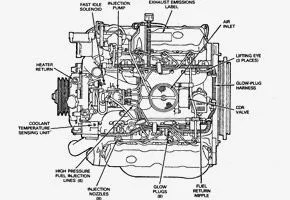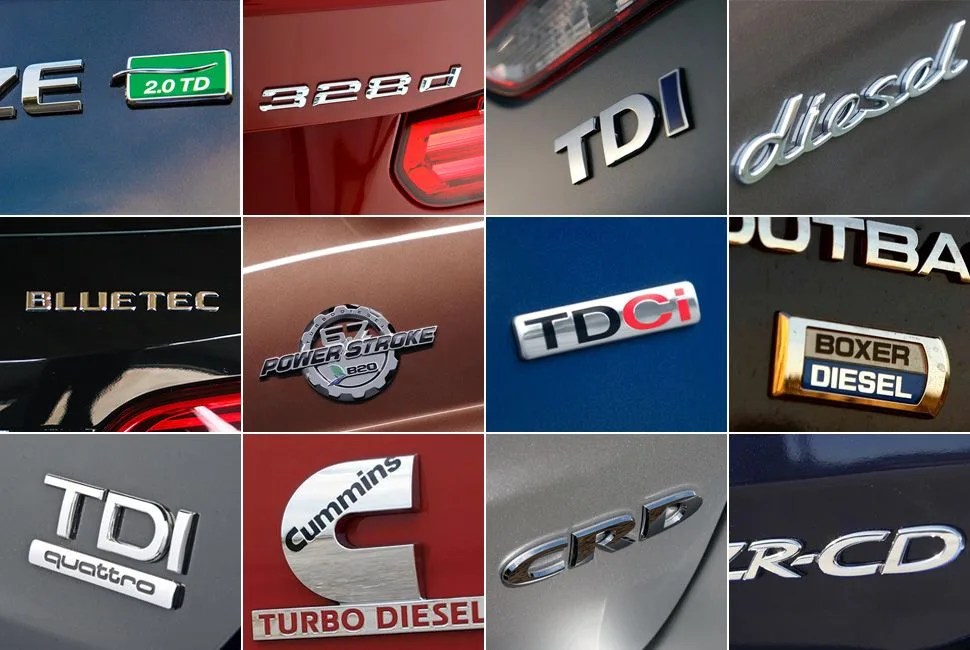Much like soccer or the metric system, diesel cars seem to have caught on almost everywhere around the globe except for the good ol’ U.S. of A. Consider our fancy European friends, who seem to love diesels; they account for roughly 50 percent of all auto sales across the pond. Back in America, diesels only make up around 3 percent of auto sales; but while that may seem like a paltry piece of the pie, their sales have increased 25 percent since last year, eclipsing the 4.2 percent increase in overall car sales since 2013. Thanks to new advances in diesel tech, the fuel has come a long way to become a suitable alternative to gasoline, but still has some drawbacks to overcome.
MORE AUTOMOTIVE ADVANCES: 10 Auto Designs that Nailed It | 4 New Concepts that Matter | Jeep’s New Renegade is Very Different and Very Good
To better understand why diesels have so much potential, a bit of an engineering lesson is necessary. In a normal car, combustion is initiated by spark plugs, but in a diesel the heat of compression is used instead. The result is a higher compression ratio — the difference in the volume of the cylinder and compression chamber when the piston is at the bottom of its cycle, and when the piston is at the top. This in turn means more highly compressed air, which begets a more powerful explosion and higher thermal efficiency. If you’re lost, focus on this: the whole process means that more energy can be derived from diesel fuel than gasoline. The result is greater fuel efficiency, and it’s generally accepted that diesel cars are around 30 percent more fuel efficient than their gasoline equivalents.
Don’t think that higher mileage come at a price of performance; after all, diesels do rule Le Mans. While generally the horsepower numbers for diesel engines are lower than gasoline engines, diesels make up for it with higher torque figures; horsepower numbers are all fine and good, but torque has a big impact on power off the line. Consider the Volkswagen Jetta TDI. While the 2.5-liter variant produces 30 more horsepower, the TDI (diesel) engine generates 236 lb-ft of torque compared to the gasoline’s 177 lb-ft figure. In fact, when comparing the two, the Diesel Jetta has a quicker 0-60 time of 8.4 seconds versus the 8.9-second time of the 2.5 version.
Gasoline and Diesel: What’s the Difference?

While diesel fuel may seem incredibly foreign to those who’ve never driven a diesel car, it’s actually very similar to gasoline. Though we’d love to give you another lecture, we’ll just refer you to Tom and Ray Magliozzi of Car Talk, who’ve explained the nuances between the two fuels in the only way they know how — with equal parts snark and sense. Read their explanation here.
